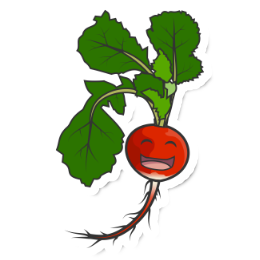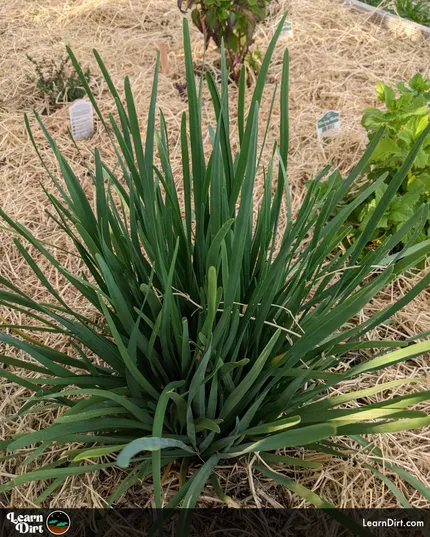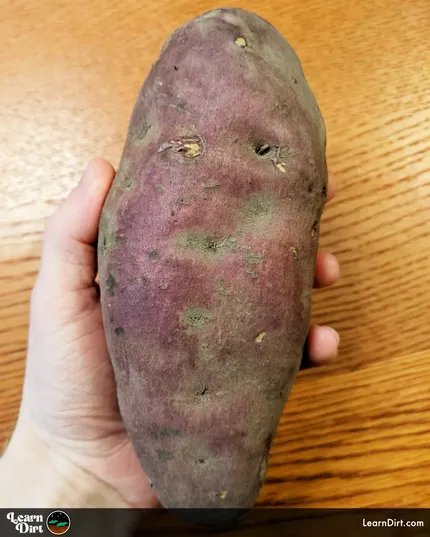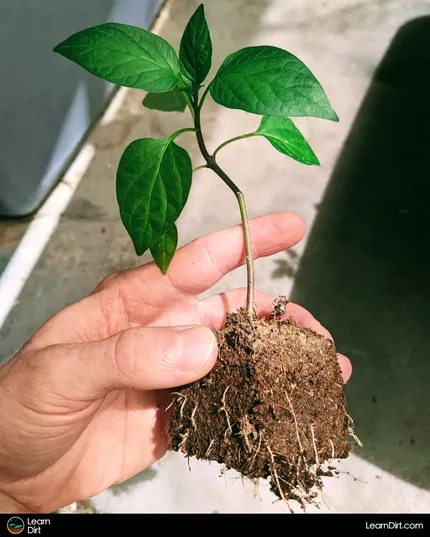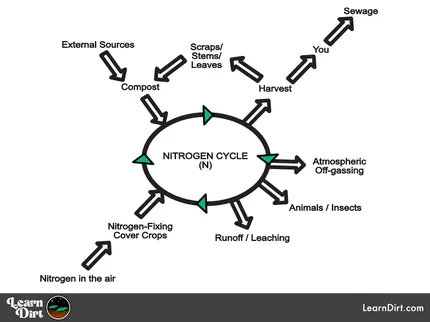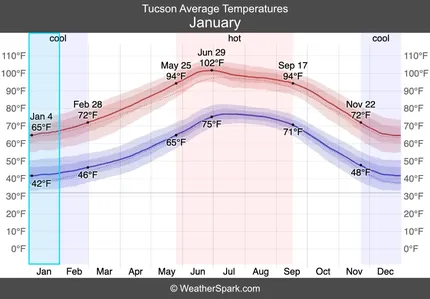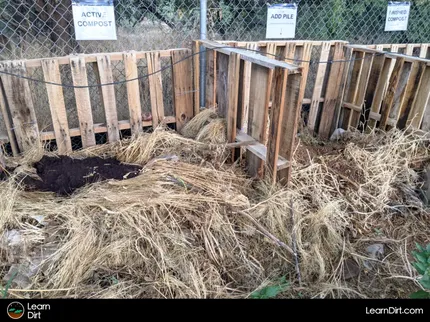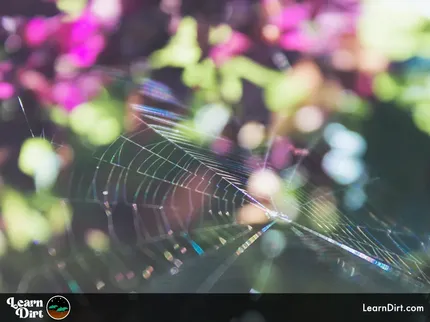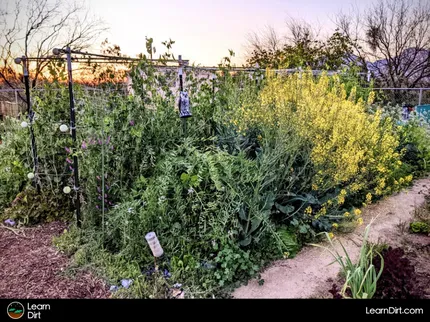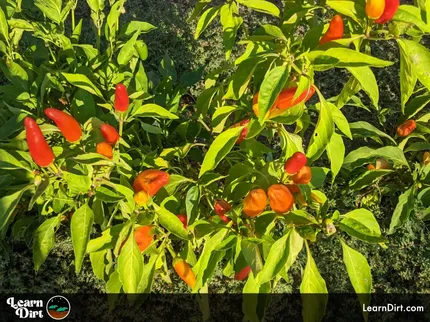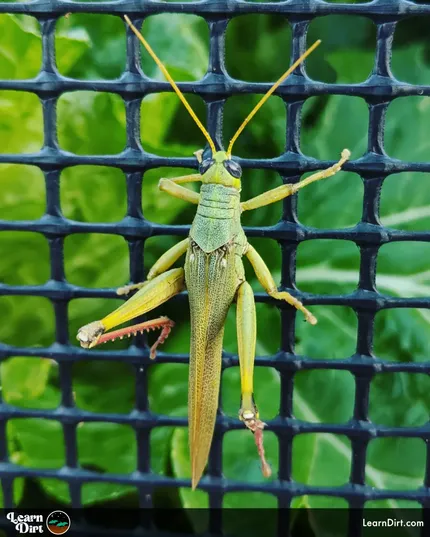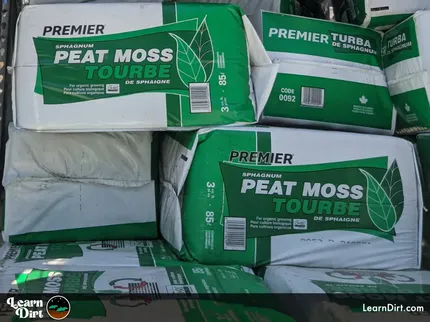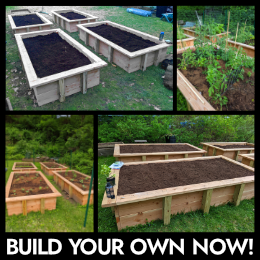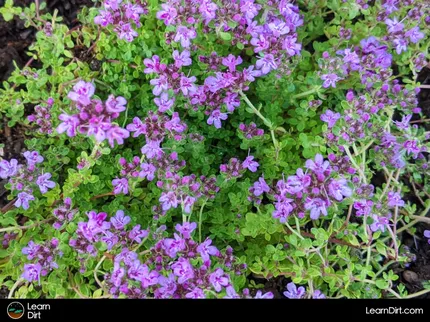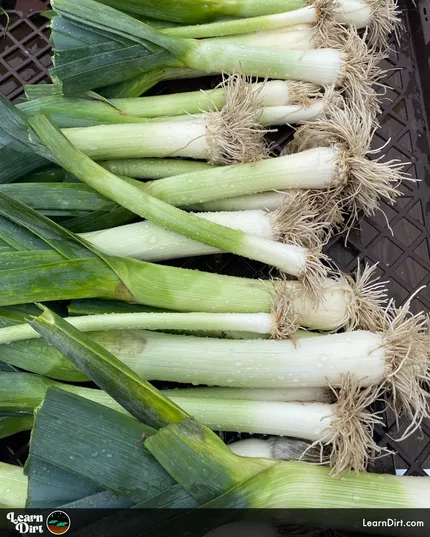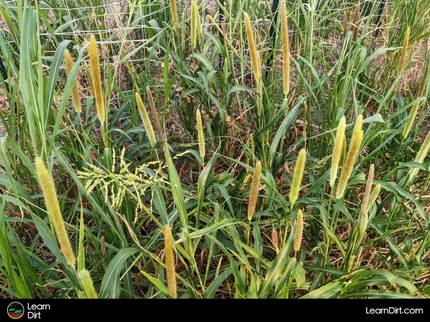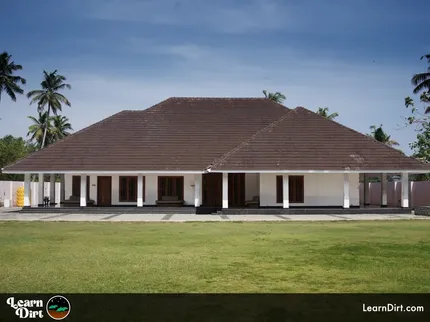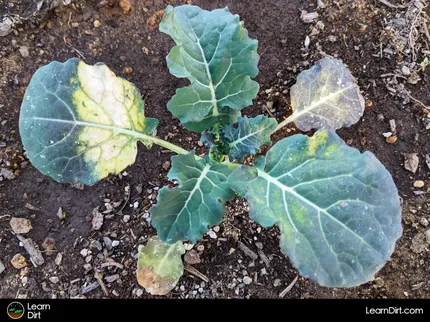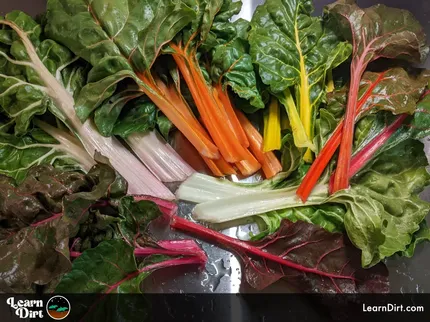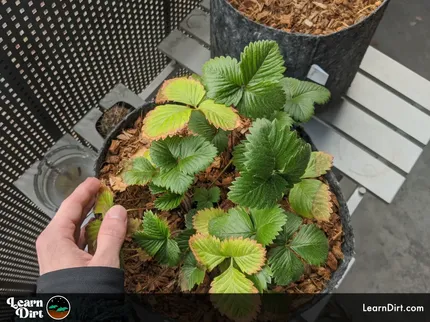Table of Contents
- Growing Swiss Chard From Seed
- Swiss Chard Growing Conditions
- Harvesting Swiss Chard
- Cooking With Chard
- Preserving Chard Harvests
- Final Thoughts...
* Our articles never contain AI-generated slop *
In this guide to growing swiss chard we're cover everything chard - from seed, all the way to harvest.
This is one of my personal favorite vegetables and I take my chard very seriously, so let's look at how to grow this stuff, and how you can achieve some great results with chard in your garden!
Growing Swiss Chard From Seed
Growing Swiss chard from seed is inexpensive and highly rewarding. If you plan to buy your chard starts from a nursery, though, you can feel free to skip over this section.
Disclaimer: This post may contain affiliate links. Refer to the privacy policy for more information.
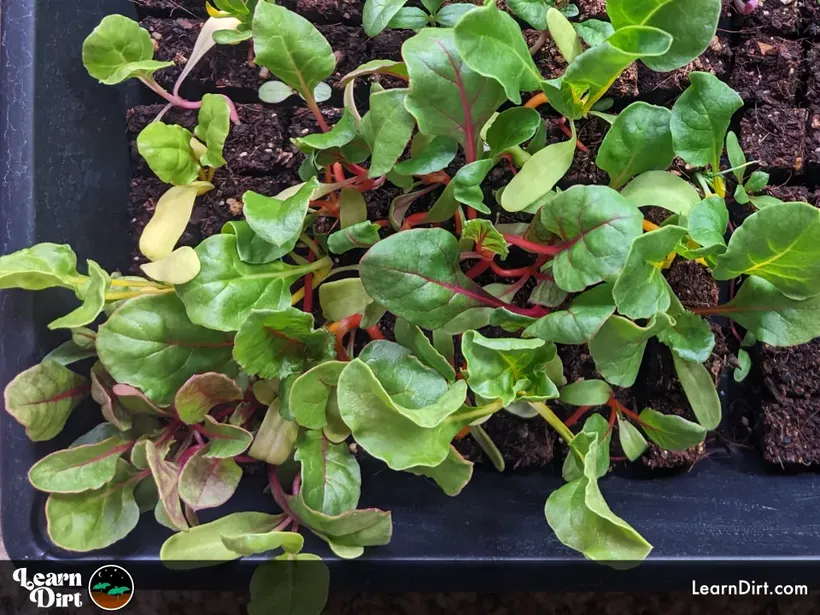
Best Soil for Swiss Chard Seedlings
For best results, choose a good seed-starting mix to sow your chard seeds in.
If you're buying your mix, I like this Black Gold.
If you're going to make your own mix instead, check out our guide to Making Your Own Soil Mixes.
Soil Temperature for Sowing Chard
Your soil needs to be warm enough for chard seeds to germinate. If it's too cold, they won't start at all and may rot before ever sprouting.
Ensure that your soil is a minimum of 40F (5C), and not more than 100F (38C).
Ideally aim for a soil temp of around 85F (29C) to get your chard to sprout quickly.
Join The Grower's Community
Whether you cultivate vegetables, house plants, succulents,
mushrooms, flowers, cannabis, or more...
you're welcome here 🌱
Check It Out!
You can utilize a heat mat under your cell trays or cell packs to warm them up if you're starting in a cold environment. These heat mats here will give your seedlings a pleasant 70-85F, perfect for chard.
How Deep To Plant Chard Seeds
Because chard seed clusters are quite large, they'll tolerate a deeper sowing than many seeds.
Aim for 1/2-inch depth, or roughly 2 to 3 times the seed diameter when sowing.
Watering Chard Seedlings
Be sure that your soil never fully dries out while chard seeds are germinating.
Top-Watering vs. Bottom-Watering
I always favor top-watering before seedlings sprout, and then switch to bottom-watering once seedlings pop up in order to entice their roots to extend down deep.
Filtered vs. Tap Water
Filtered water (or well water) is always better than tap for plants, because it doesn't have the chlorine / chloramines that treated tap water typically has.
Chlorine will kill bacteria - which is good in water pipes, but not so good for delicate soil microbiomes where bacteria assist plants in acquiring nutrients.
Water pH
The pH of your water matters.
Most plants experience nutrient lockout when their soil pH drifts too far from their preferred level. For most veggies, chard included, that's roughly a 6.5 pH.
If your water pH isn't close to a 6.5, you might consider adjusting it with a pH kit like this.
My tap water is extremely alkaline, clocking in at around an 8.5 - good for drinking but pretty awful for plants and soil microbiomes. I like to add a little acid to drop that down to a more reasonable level for my chard seedlings and other veggies.
Your pH doesn't have to be perfect, but shoot for no more than 1.0 point above or below 6.5 (the 5.5 - 7.5 range) for best results.
Chard Seedling Growth Habit
Chard seedlings can sometimes have a floppy growth habit, tipping over and before righting themselves. This does not seem to hinder growth of the plant.
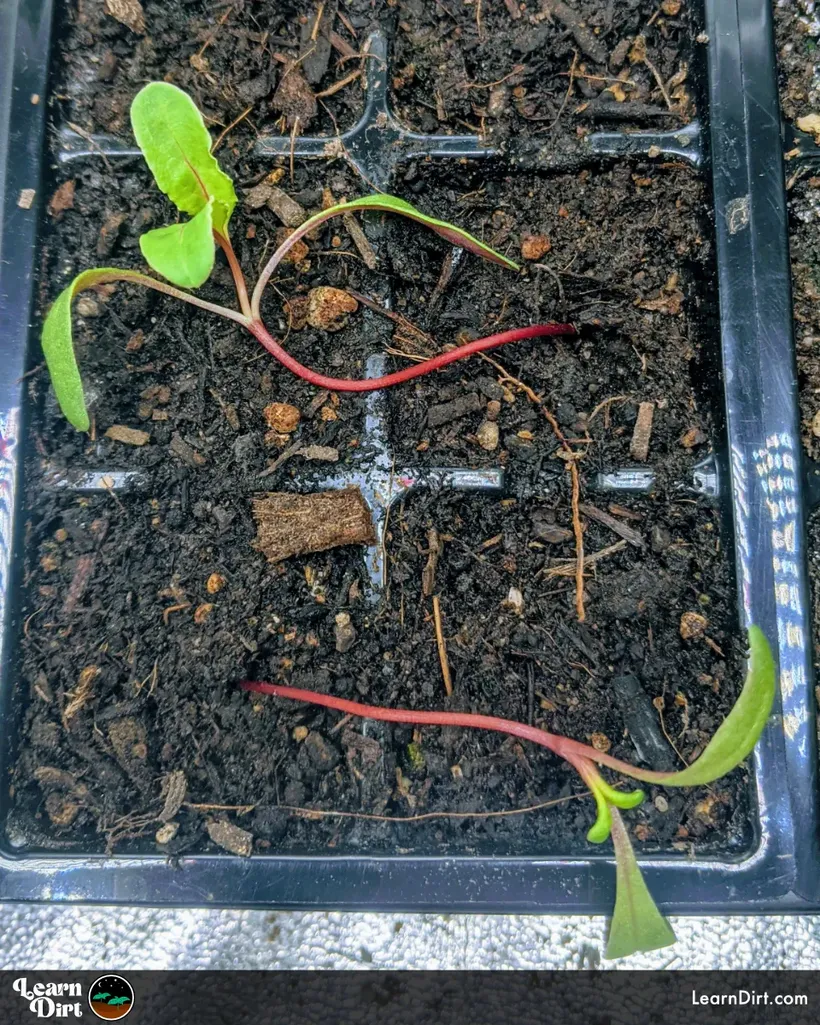
To counteract this, you can turn up the light intensity if you're starting under grow lights. Chard tolerates a lot of light, so use some strong lights and crank them up for best results.
Chard seeds are also fairly large, which means they'll tolerate being planted more deeply than many smaller seeds. This can help anchor them better and prevent the flop.
If your chard does flop over more than you'd like, check out our guide on why seedlings fall over.
Chard seeds are actually whole clusters of seeds. That's right! Each cluster can produce more than one plant, just like beets.
Swiss Chard Growing Conditions
Let's look at the conditions that chard grows best in, to get an understanding of what kind of environment you're aiming to provide your seedlings for optimal growth:
Swiss Chard Temperature Tolerance
The ideal Swiss chard growing temperature is around 75F (24C), but you'll find it's extremely tolerant of of wide range of temperatures.
Swiss chard doesn't take well to the extreme heat of summer where I am in the low desert, but once the daytime temperatures drop below 100F you can begin seeding your chard outdoors as long as you can give them enough water to survive the heat.

Though I'm in officially Zone 9a, I've recorded temperatures as low as 17F (-8.3C) in the winter garden, and all my Swiss chard survived that fine without frost cloth or extra care.
Dig Cool Merch?
15F (-9.4C) is often-cited as the low temperature tolerance for chard, beyond which frost cloth and heavy mulching likely become necessary.
One of the great things here in the desert is that we hit 71F (21.6C) just 7 hours after hitting the 17F (-8.3C) low temp. Every day the desert warms up immensely, and frost quickly melts away as plants thaw out.
Plants get this chance to warm back up every day during winter in the low desert, and get a great dose of photosynthesis to help power them through the cool nights.
Swiss chard will continue growing up to around 95F or 100F (35C or 38C), however at these high temperatures its growth rate will begin to slow.
Above 100F (38C) sunscald, dehydration, and a weakened immune system will eventually take it. Shade cloth can help take some of the brunt of the sun when temps get hot.
As temperatures cool down, chard will start to thrive. It tolerates some frost down to about 15F to 20F (-9.5C to -7C), but is not very hardy below that or in serious freezes.
Below 15F (-9.5C), damaged cell walls will see chard flop, brown, and eventually die - generally losing their outer leaves first. Frost cloth can be some help in postponing this.
Chard Light Tolerance
Chard generally tolerates more sunlight and UV exposure than some of its cousins in the Amaranthaceae family - such as spinach and beets.
Keep this in mind when you choose a light source for your chard seedlings.
They don't just tolerate more light, they really appreciate it!
I often worried that I'd burn them if my grow lights were too close or the power turned up too high, but it's become apparent to me that the answer for Swiss chard is usually more light.
Chard and beets are actually different cultivars of the same species. Both chard and beets are the species Beta vulgaris. Chard was selected for larger and more hearty leaves, while beets were selected for larger roots.
Harvesting Swiss Chard
Always remember to harvest your chard slower than it grows, at least in the beginning. Young leaves are very tender and mild, but taking them can slow down your chard growth if you don't have enough plants to outpace your appetite.
Be sure to plant enough so that you can't eat them as fast as they grow - that's the secret with leafy greens!
I really like planting a "salad" garden which includes chard and kale alongside lettuces and spinach. What I do in the salad garden is plant incredibly dense by broadcasting a mixture of these seeds.
I then constantly "cut and come again" when the leaves are just 1-2" in length. Most leafy greens that would not be so tender when large are exceptionally tender when small.
Catch me out by my salad garden every day in the winter chowin' down like a brontosaurus
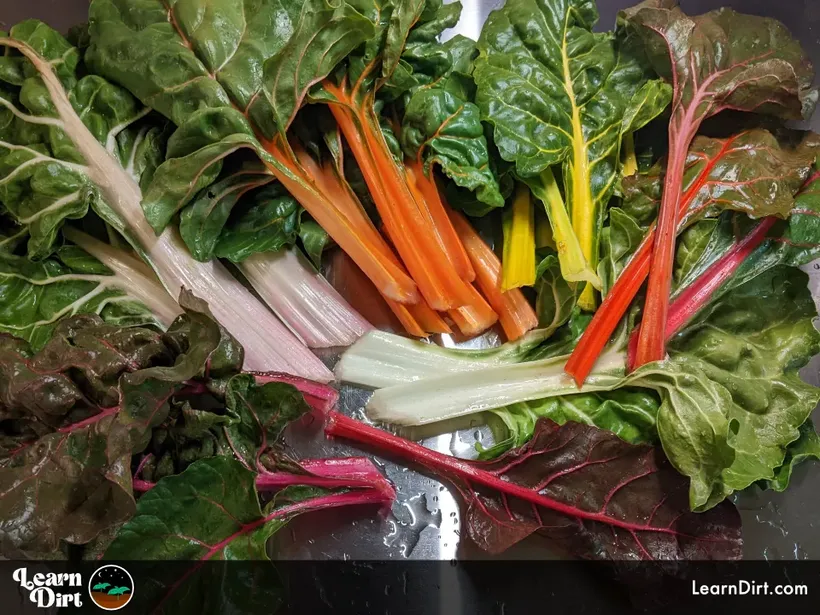
a vibrant bounty of great color and exceptional taste.
Cooking With Chard
When chard leaves are very small, you can toss them in a pan or a soup whole and let them wilt down like spinach.
As chard gets bigger, though, the stems will become much tougher and more fibrous and should be cooked separately from the leaves.
You can fold each leaf in half down the stem, allowing you to remove the whole stem with a single cut.
Chop up stems and treat them like celery - adding them earlier in the cooking process than leaves. I like to sautee chard stems with onion, caramelizing both to bring out the sugars and complex flavor.
Leaves are fairly soft, and can be added near the end of cooking, only needing a few minutes to soften.
Preserving Chard Harvests
Chard isn't known for being easy to preserve, but there are a few ways which will work great when you've got a bumper crop and want it to last all year.
Dehydrating Chard
A great tip for chard and other leafy greens is that they dehydrate very well. When you have more than you can eat fresh, put them in a dehydrator or even hang them to dry!
The super lower humidity in the Sonoran will dry hanging leaves in just a few days, so don't worry if you don't have a dehydrator.
Dried chard can be ground up or crunched by hand into flakes, which make a great topping or addition to soups, stews, omelettes, smoothies, and baked goods. The possibilities are endless!
I like to dehydrate a number of different types of leafy greens which I store in separate mason jars. You can fit a LOT of dried leaves in a quart mason jar if you crunch them down!
Then I take some of each kind, combine them all together, grind to powder in a coffee grinder, and jar up the mixed green powder as my very own home-grown supergreen superfood powder for smoothies and soups.
This is a great way to make the most of a bumper crop of greens, and add small amounts of greens throughout your diet daily.
Fermenting Chard
Both chard stems and leaves can be fermented to preserve them for years.
Check out our article on How to Ferment Garden Veggies to learn about vegetable fermentation.
Final Thoughts...
Do you have any tips for growing Swiss chard? We'd love to hear about what's worked for you and what hasn't over on the forum.
That's all for now, thanks for reading!
If you have any questions, comments, or would like to connect with fellow gardeners, head on over to the forum and post there.



